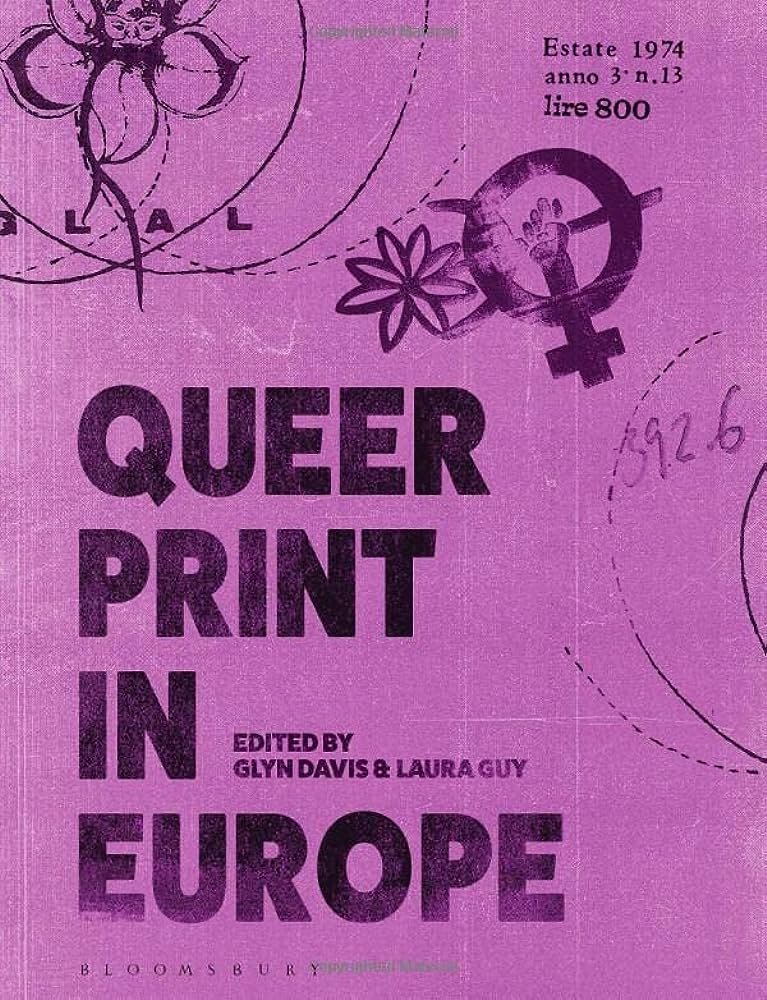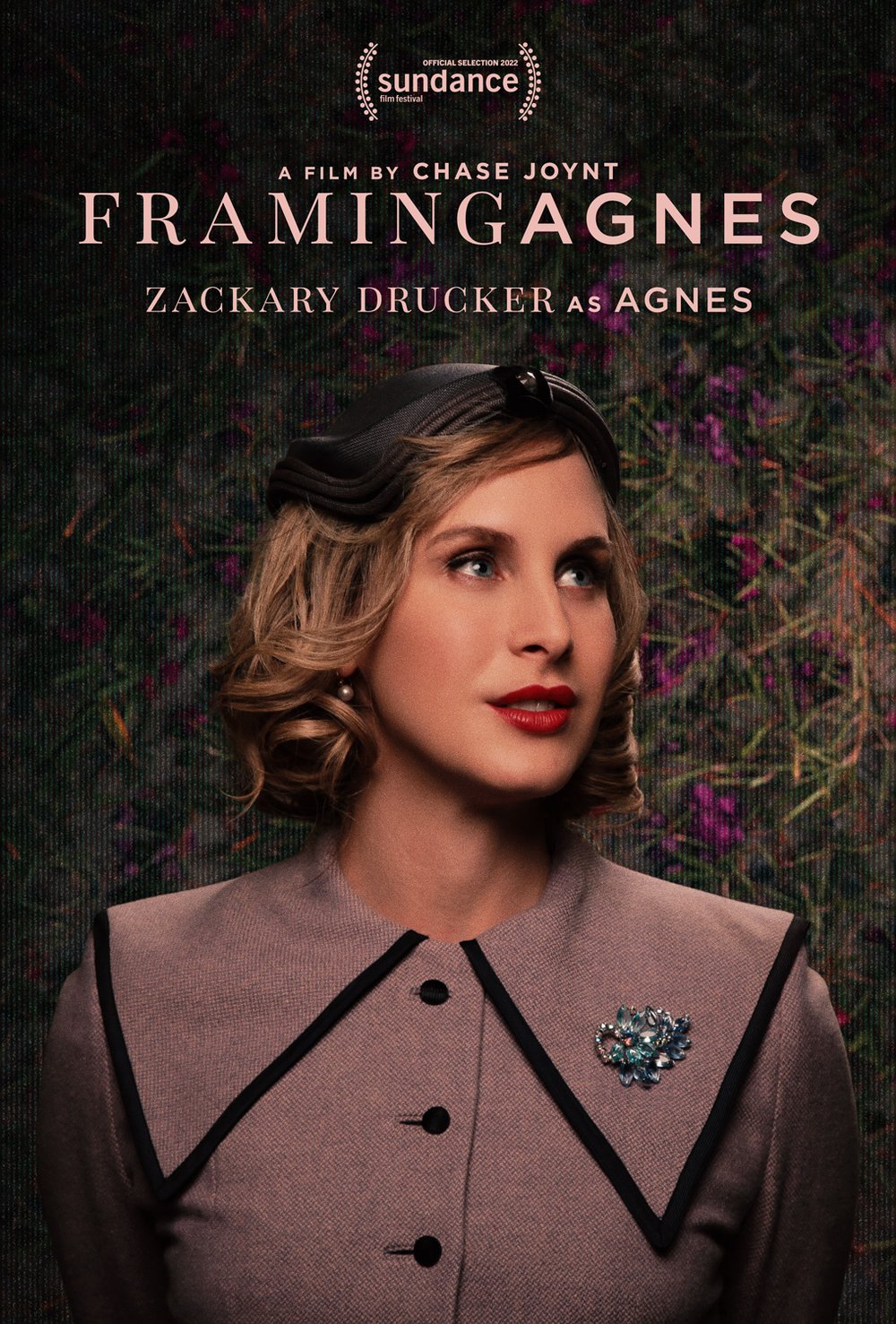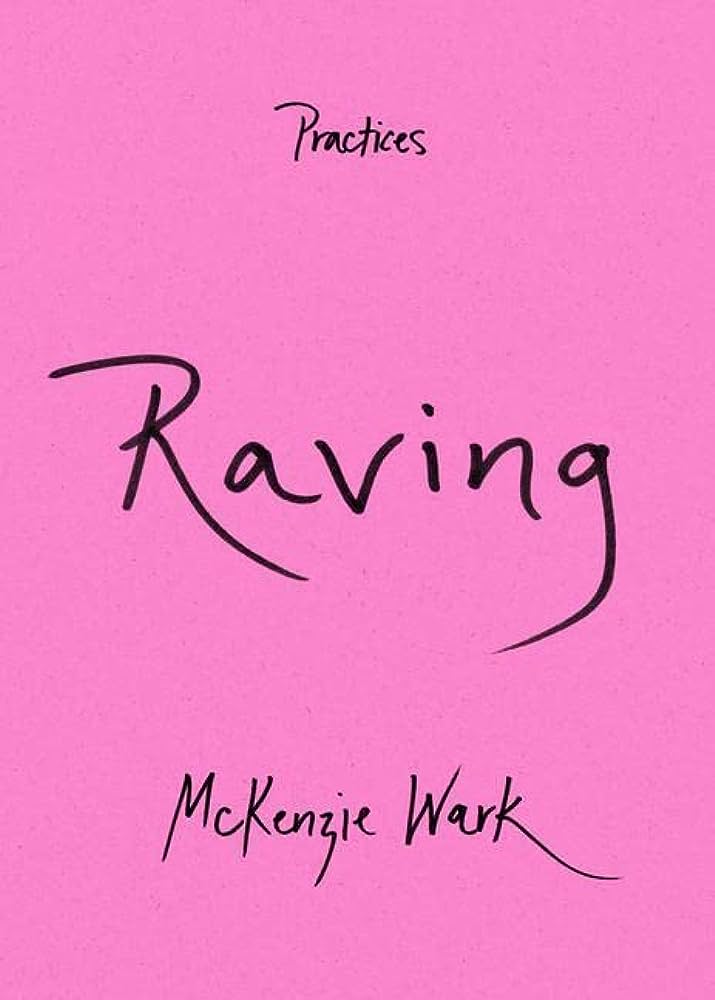Feelings of collective belonging and bodily bliss on the dance floor have been central to queer and trans culture in the U.S. from the beginning. In Raving, McKenzie Wark pries open a dance continuum—where ostensibly distinct parties across time and space fold into each other—and presents raving as a collaborative practice that many of us find a necessary escape from an increasingly unbearable world.
A self-described “middle-aged, middle-class, white transsexual dance freak,” Wark shares insights gained through queer and trans-oriented parties in Brooklyn (and, in a brief passage, in Berlin). Part autofiction, part ethnography, Raving mirrors the complex and collective aspects of rave experiences. Like a practiced deejay, Wark blends genres to take us on a larger journey. Some critics who shared their thoughts with Wark when she was dancing and researching appear momentarily and nudge us gently toward something new.
If you’ve ever really needed to give yourself fully to the dance floor, you’ll recognize the profound importance of the practices Wark analyzes in this book. If you’ve never raved before, Raving is a fruitful introduction to the scene, its limitations, and its promise, which—to the pounding beat of techno—we might understand as a sense of freedom from compulsory social norms. Wark is a “speaker demon,” offering in one passage a concise description of what one can experience on the dance floor: “I want the situation, the entire situation, to fuck me. I want to be penetrated by light, fog, the floor, the walls, the anonymous swaying bodies. I want to be railed by pounding sound.”
Craig Jennex
 QUEER PRINT IN EUROPE
QUEER PRINT IN EUROPE
Edited by Glyn Davis and Laura Guy
Bloomsbury Visual Arts. 266 pages. $34.95.
As well as being informative and entirely pleasurable, Queer Print in Europe is a book we need. The shift from print to digital has meant that so much of the print press has been discarded, a great deal of it forgotten within a subculture already dangerously prone to amnesia. The authors featured in this anthology have gathered a number of images of alternative queer publications, everything from the post-Franco Spanish La Pluma to the French lesbian press to the radical Dutch queer newspaper Mietje. Most of the media examined were influenced by the radical left, while some papers have clearly been founded out of exasperation with the left’s cold shoulder toward the LGBT rights movement.
Essays in the collection range from the academic to the informal. Benny Nemer provides a firsthand account of spending a summer’s day with Gert Hekma and Mattias Duyves as the two archivists and writers pore over their extensive collection of copies of Mietje, reflecting on gay activism in Holland and its legacy. Fiona Anderson’s chapter explores where you could actually buy such alternative publications in their time, including an interview with members of the group who ran Edinburgh’s queer bookshop Lavender Menace. It’s a fitting ending to an eclectic tribute to the creators of images and ideas once deemed threatening by mainstream society.
Matthew Hays
 AMERICAN CLASSICIST
AMERICAN CLASSICIST
The Life and Loves of Edith Hamilton
by Victoria Houseman
Princeton Univ. Press. 536 pages, $39.95
This is an extensive biography of writer Edith Hamilton (1867-1963), whose Mythology and The Greek Way were standard texts that introduced the Classical world to generations of students. This book deeply explores many facets of Hamilton’s long life, including her decades-long relationship with Doris Reid.
Born in Dresden, Germany, the first of five children, Hamilton spent her childhood in Indiana, at her father’s estate. She was educated at Bryn Mawr College near Philadelphia, one of the first women’s colleges in the U.S., and returned to Germany for graduate work. She became the headmistress for the Bryn Mawr School in Baltimore, an all-girls’ school affiliated with the college, working there for 28 years. After retiring, she moved to New York with Reid, one of the first female stockbrokers, and began writing. Toward the end of her life, she and Reid moved to Washington, D.C., where they were part of a social set involving politicians, journalists, and educators.
Although generally living quietly, Hamilton had moments of drama. At college, she fell deeply in love with another female student, who sadly could never fully reciprocate. Reid, nearly thirty years younger than Hamilton, had been a student at Bryn Mawr School; their relationship caused some controversy at the school and tension with Hamilton’s sister, who also worked there. After Hamilton’s death, Reid published a memoir that glossed over many of Hamilton’s female friends. By the same token, Hamilton’s works on the ancients does not address the topic of homosexuality.
Charles Green
 WHEN LANGUAGE BROKE OPEN
WHEN LANGUAGE BROKE OPEN
An Anthology of Queer and Trans Black Writers of Latin American Descent
Edited by Alan Pelaez Lopez
University of Arizona Press. 320 pages, $30.
The contributors to this anthology span Latin American and Caribbean countries and territories and their diasporas—Brazil to Borikén, Liberia to Hispanic USA. Their essays interrogate conformist binaries (out vs. closet, nostalgic past vs. survived present, homeland vs. diaspora) and rebels against the confinements of ethnicities, genders, and nationalities.
Some standout essays include the memoirs of Charles Rice-González and Lorraine Avila that navigate between the meditative and the narrative. No reader can escape the irony in Darrel Alejandro Holnes’ poem-manifesto “I’d Always Promised I’d Never Do Drag”: “this boy dressed as a girl,/ boy dressed as girly man, boy dressed as man/ enough to drag, man dragging on,/ man moving on, man gone.” The prose poems by Andrea Alejandro Freire F.—where the rules of ungendered verb tenses and gendered social constructions are challenged, braided with Brazilian Portuguese—are gripping. And so are Darriel McBride’s “Disonancia” on being a Black Boricua; the poignant stories of Yamilette Vizcaíno Rivera and Josslyn Glenn; and an illuminating Alejandro Heredia essay on Dominicanidad.
Sam Dapanas
 FRAMING AGNES
FRAMING AGNES
Directed by Chase Joynt
Fae Pictures; Level Ground
Trans director and co-writer Chase Joynt has expanded his twenty-minute 2019 short into a 76-minute feature that’s still not nearly long enough for all he hopes to accomplish with it. Most members of today’s LGBTQ community know very little about the transgenders who make up the “T,” hardly more than most cisgender heterosexuals know. That’s a lot of ignorance to correct in 76 minutes, especially when you’re being so creative the viewer can hardly focus on what’s being said.
In the early ‘60s, a person who called themself “Agnes” went to the UCLA Gender Clinic for reassignment surgery, falsely claiming to qualify because they were intersex. Unlike Christine Jorgensen, who became famous a decade earlier as the first person Americans had ever heard of receiving a sex change, Agnes got no publicity and soon disappeared from history. The records of UCLA’s Dr. Harold Garfinkel, which included Agnes’ story, were unearthed in preparation for Joynt’s films. Five other subjects were chosen, and transgender actors were picked to portray them. Joynt took the role of Garfinkel, but interviewing them as a ‘60s talk show host rather than a doctor or scientist.
The question-and-answer scenes, mostly from real transcripts in Garfinkel’s files, are shot in black-and-white to distinguish them from contemporary scenes in which Joynt as himself talks to the actors, sometimes comparing their own stories with those of the people they’re portraying. We learn some of what has and hasn’t changed. Historian Jules Gill-Peterson narrates, adding context by filling in general details and putting things in perspective. The six characters and the actors who play them are humanized to some extent, but there’s too little time to get to know them. Still, if Framing Agnes weren’t so good, I would not be left wanting more.
Steve Warren







